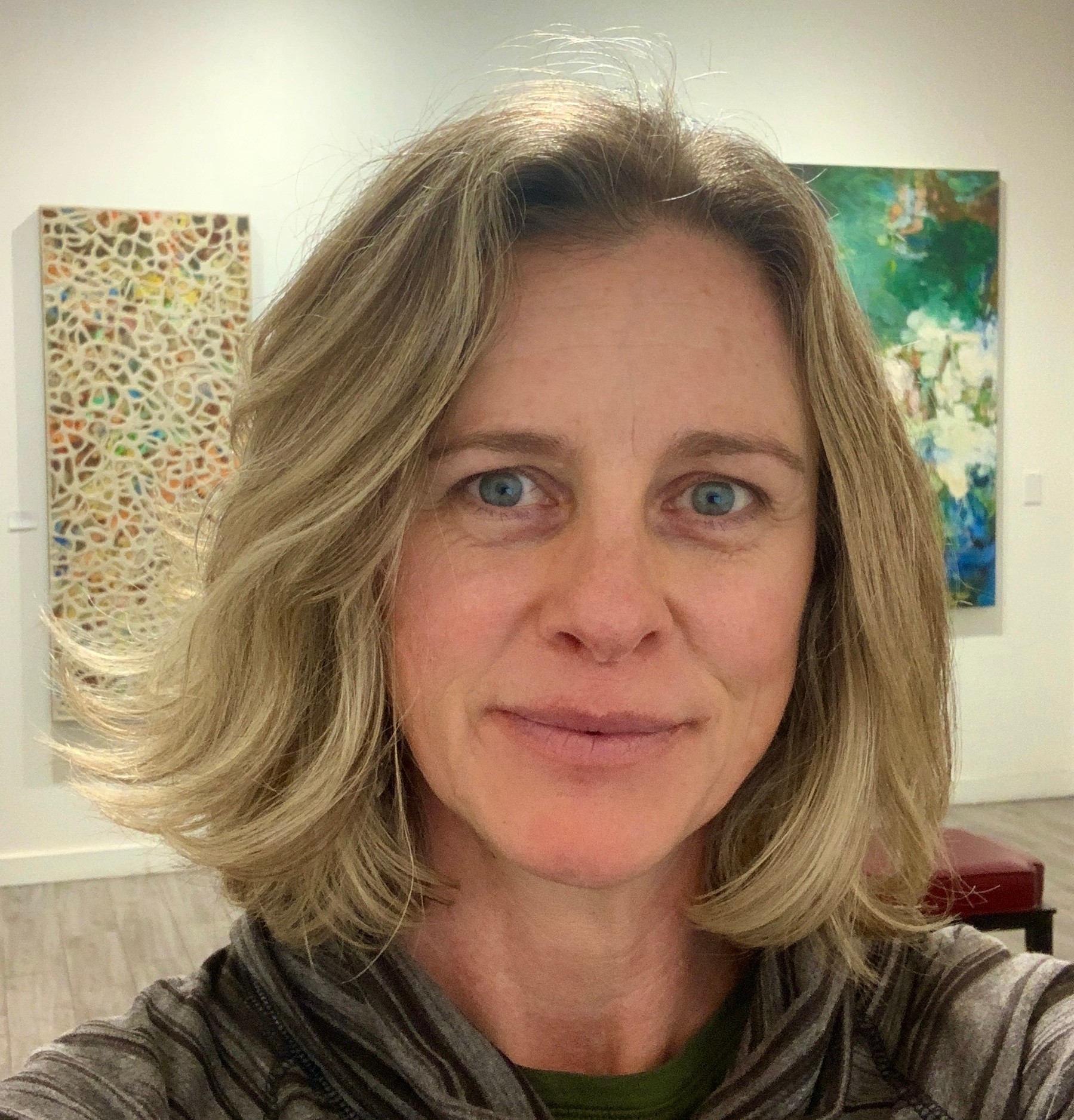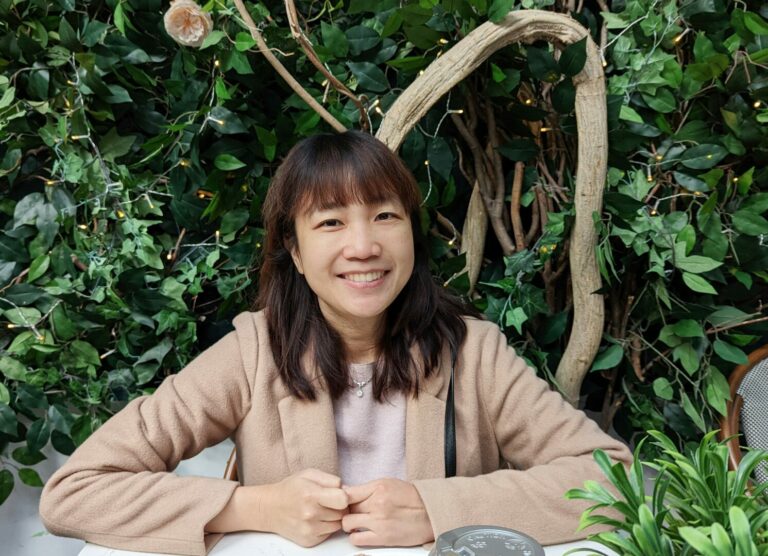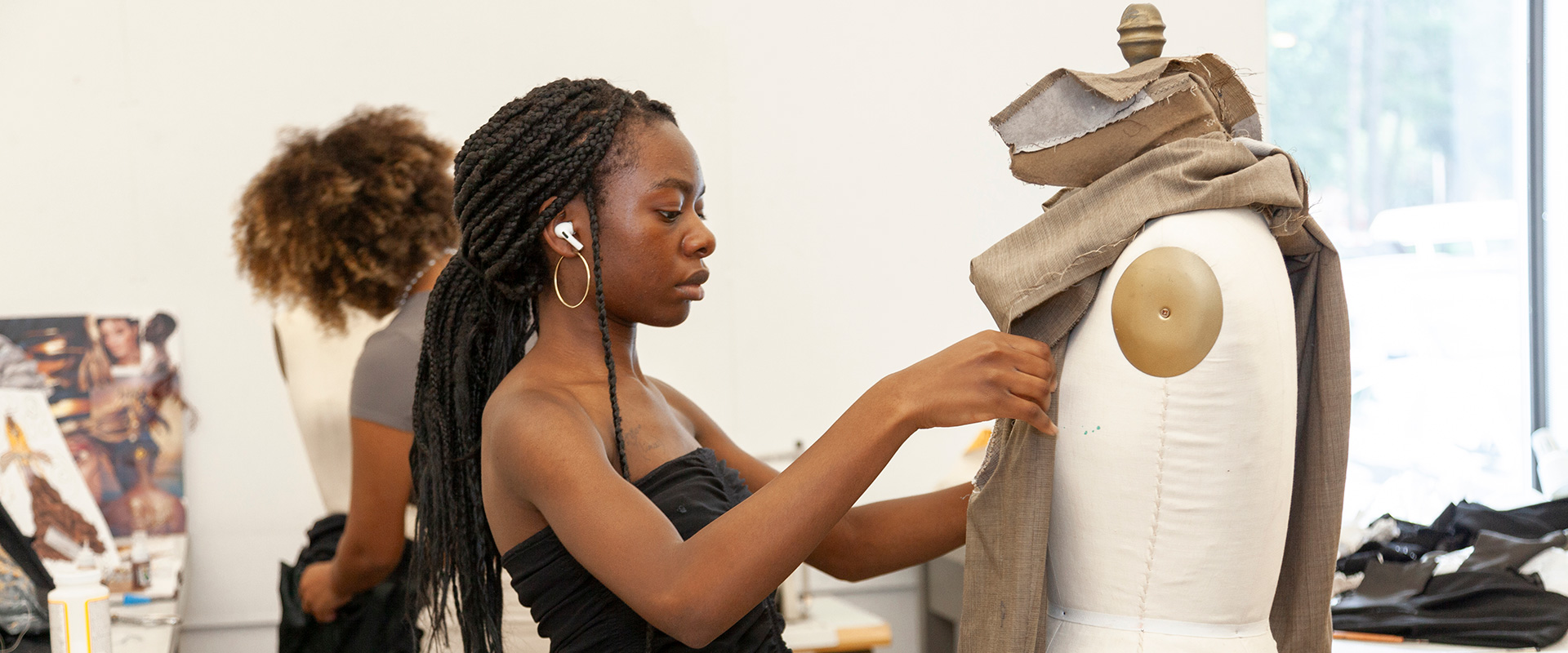We’re excited to introduce you to the always interesting and insightful Diane West. We hope you’ll enjoy our conversation with Diane below.
Diane, first a big thank you for taking the time to share your thoughts and insights with us today. I’m sure many of our readers will benefit from your wisdom, and one of the areas where we think your insight might be most helpful is related to imposter syndrome. Imposter syndrome is holding so many people back from reaching their true and highest potential and so we’d love to hear about your journey and how you overcame imposter syndrome.
Imposter syndrome, that nagging voice whispering “you’re not good enough,” can be a powerful thief of joy and accomplishment. Often, the urge to fight back can manifest as outward displays of confidence, a facade that can feel empty and exhausting. Instead, I found that a more humble approach, acknowledging my limitations while embracing my strengths, offered a more sustainable path towards overcoming this fear.
Humility in this context doesn’t imply self-deprecation or insecurity. Rather, it’s about acknowledging that we are all constantly learning and evolving. It’s about accepting that everyone, even the most accomplished individuals, has areas for growth. This perspective allows us to approach challenges with curiosity and a willingness to learn, rather than feeling the pressure to be the “expert” right away.
Here’s how embracing humility helped me navigate the journey:
1. Seeking Feedback: Humility allows me to openly seek feedback, both positive and negative. Instead of viewing critiques as personal attacks, I see them as opportunities for improvement (although I admit they can still sting). This willingness to learn from others, regardless of their perceived expertise, fosters personal growth and helps me identify areas where I can develop new skills or refine existing ones.
2. Recognizing the Collective Effort: My successes with Diane West Jewelry & Art, both big and small, are rarely the result of my solitary efforts. Humility allows me to acknowledge the contributions of others, whether it’s the team that supported me, the mentors who guided me, or even the community that helped me. This fosters gratitude and reminds me that we are all interconnected, learning and achieving together.
3. Celebrating Others’ Victories: In the past, I might have viewed the success of others as a reflection of my own shortcomings. However, humility allows me to genuinely celebrate their achievements, recognizing that their success doesn’t diminish my own. This fosters collaboration and creates a more supportive environment, ultimately benefiting everyone involved.
4. Accepting the Growth Mindset: Humility allows me to embrace the fact that learning is a lifelong journey, not a destination. It’s understanding that there will be setbacks and mistakes, and that these are not personal failures, but valuable opportunities to grow. This mindset allows me to approach challenges with resilience and a willingness to learn from every experience.
By embracing humility, I’ve found a sustainable way to manage imposter syndrome. It allows me to acknowledge my limitations while celebrating my strengths, to learn from others while sharing my own knowledge, and to focus on contributing positively rather than seeking external validation. This approach doesn’t eliminate the doubts entirely, but it allows me to navigate them with grace and build a sense of quiet confidence that fuels genuine growth and accomplishment.
Thanks for sharing that. So, before we get any further into our conversation, can you tell our readers a bit about yourself and what you’re working on?
Combining my passion for modern art and jewelry, I embarked on a journey to create a unique space: a gallery that felt more like a welcoming haven than a sterile exhibition hall. This vision aimed not just to showcase art, but also to foster a sense of community and connection.
The first step involved finding the perfect location for Diane West Jewelry & Art. In the heart of town on Main Ave, in Durango CO I found the perfect space with brick walls, high tin ceilings and beautiful floor to ceiling windows.
Next came the curation. I didn’t just focus on established artists. Instead, I sought out passionate emerging talents whose work resonated with my vision. I nurtured relationships with each artist, not just as business partners, but as members of a creative family. These connections became vital in shaping the gallery’s identity and fostering a collaborative spirit.
To cultivate a welcoming atmosphere, I ensured the space was comfortable and inviting. I have been so fortunate to always find warm and welcoming staff who share my vision of making art accessible and un-intimidating.
Building a sense of family extended beyond the artists. I fostered a customer-centric approach, prioritizing personalized interactions and tailoring the experience to specific interests. This created a space where individuals felt comfortable exploring various pieces, asking questions, and sharing their perspectives.
The combined focus on fostering a welcoming space and cultivating a supportive family of artists has created a unique environment. The gallery has become a hub for art enthusiasts, collectors, and curious minds. It’s a space where creativity thrives, connections blossom, and the modern art and jewelry find their perfect home.
This journey has been incredibly rewarding. It has reaffirmed my belief in the power of art to connect people and build communities. It’s a constant learning experience, reminding me that the true essence of a gallery lies not just in the art itself, but in the connections it cultivates and the vibrant community it nurtures.
If you had to pick three qualities that are most important to develop, which three would you say matter most?
Building a successful art gallery wasn’t just about showcasing exceptional art. It was about fostering a community and radiating warmth. Humility was key. I approached artists with respect, valuing their unique perspectives and nurturing genuine connections. They weren’t just creators; they were family.
Optimism fuelled my journey. When faced with challenges like securing the perfect space or attracting new audiences, I focused on the possibilities. This positive outlook permeated the gallery, creating an inspiring atmosphere for both artists and visitors.
Finally, hard work was the foundation. I worked 7 days a week for several years getting the gallery off the ground and many years after that long hours were spent building trust with artists and collectors, ultimately leading to the gallery’s success.
Humility, optimism, and hard work weren’t just ingredients in my recipe; they were the foundation for creating a successful business.
For those who are just getting started, pouring your heart into something you love isn’t just about the destination; it’s the journey itself. Every challenge overcome, every late night spent working toward your goal, becomes a testament to your passion. The long hours and dedication might seem daunting at times, but the intrinsic reward of seeing your vision come to life, of creating something meaningful, makes it all worthwhile. And that, in itself, is a success worth celebrating.
What is the number one obstacle or challenge you are currently facing and what are you doing to try to resolve or overcome this challenge?
The burning candle analogy aptly illustrates the reality of work life. Periods of intense passion and productivity can inevitably lead to moments of flickering intensity and even temporary extinguishing. Burnout, the complete depletion of energy and enthusiasm, is a real and ever-present threat, especially in demanding environments.
However, navigating these inevitable ups and downs doesn’t have to be a solitary battle. It’s crucial to remember that we’re not meant to operate in isolation. Cultivating supportive and understanding colleagues can be a powerful buffer against burnout.
Graceful self-awareness is the first step. Recognizing the early signs of exhaustion, like decreased productivity or emotional withdrawal, allows for proactive communication with your colleagues. Openly sharing your struggles fosters not judgment, but empathy and support.
Your colleagues, if they are receptive collaborators, can become your cheerleaders. Encouraging breaks, offering to share tasks, or simply lending a listening ear can make a world of difference. Their support can help reignite your passion, rekindle your energy, and allow you to navigate the downswings with greater resilience.
Contact Info:
- Website: www.dianewestart.com
- Instagram: @dianewestart
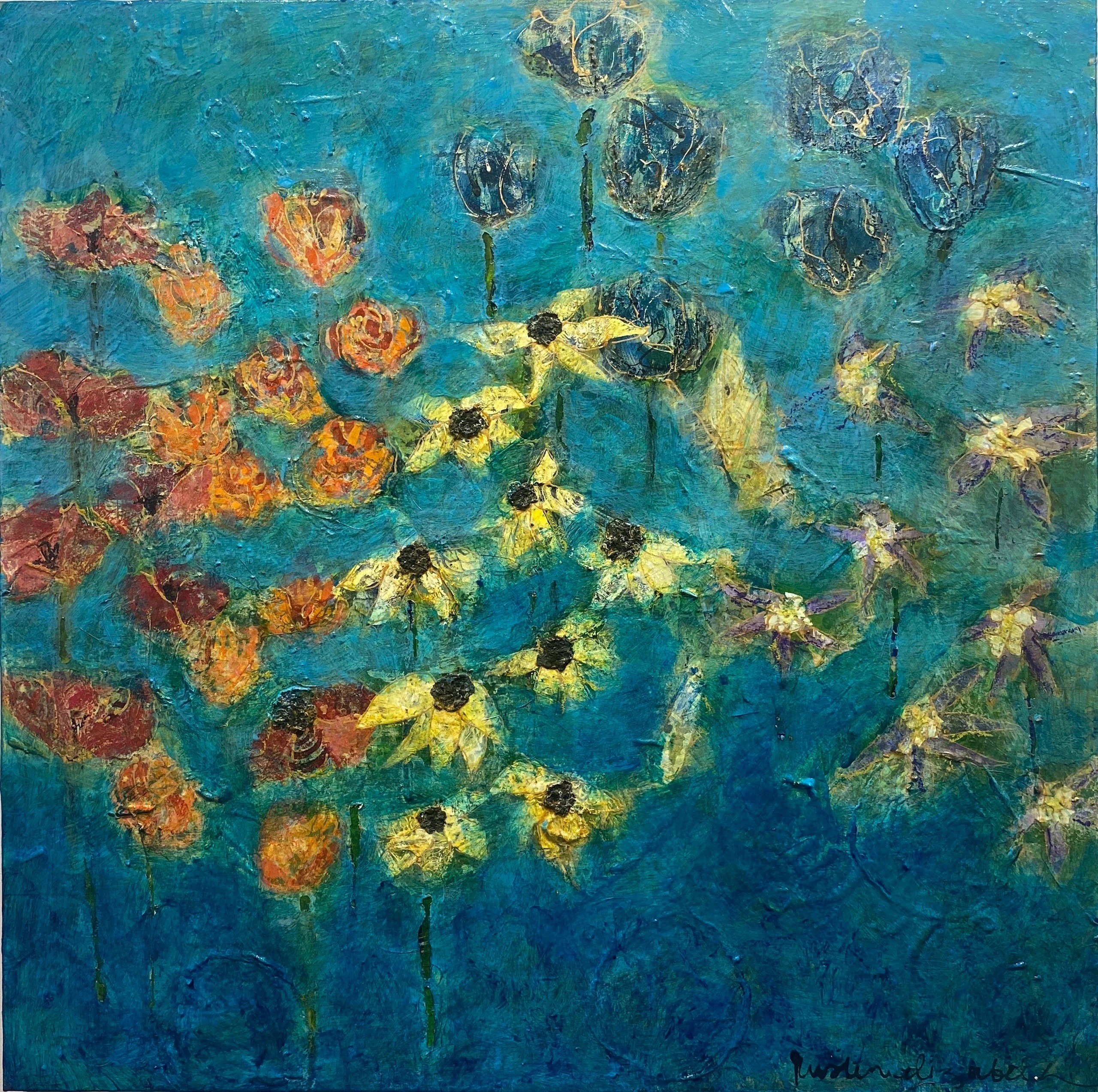
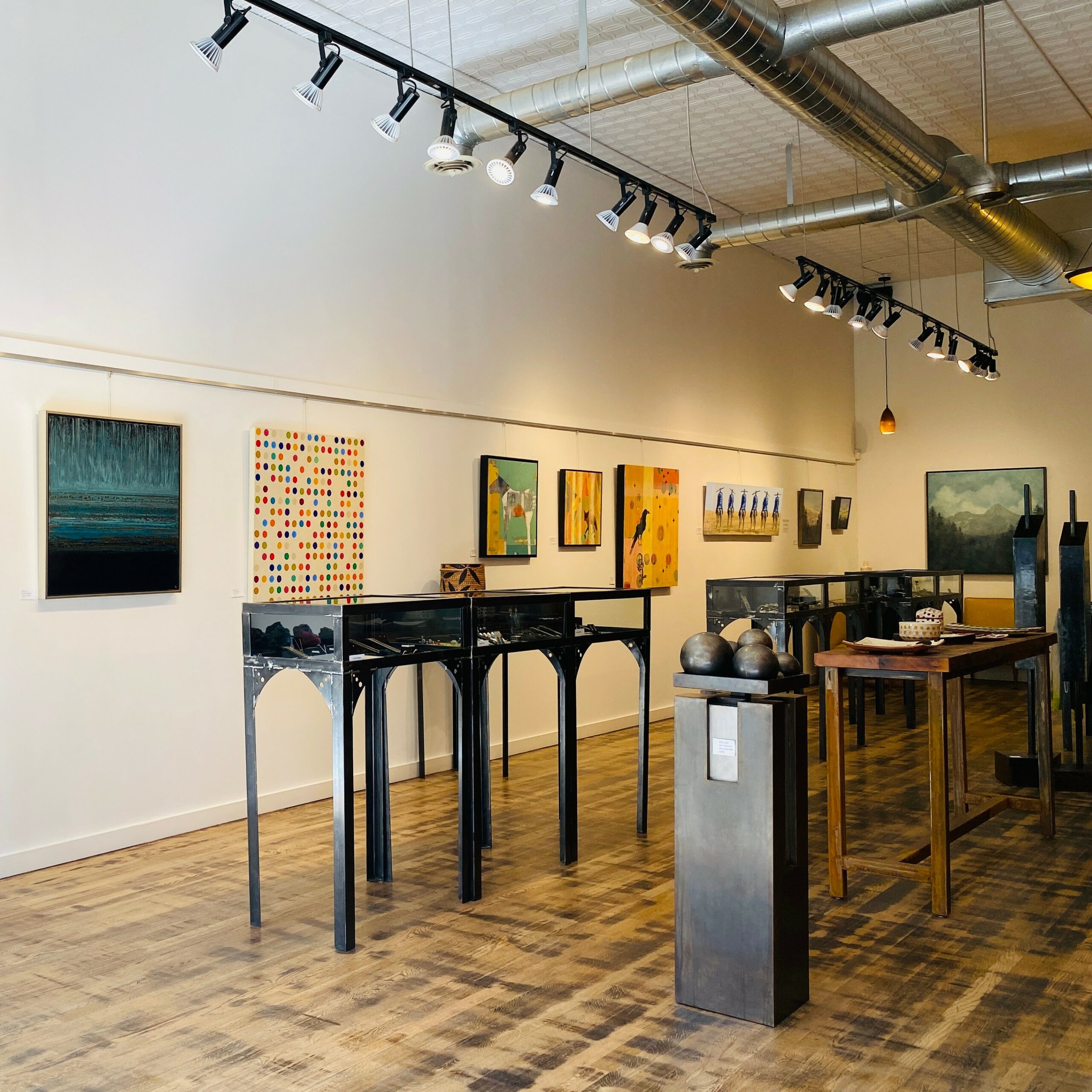
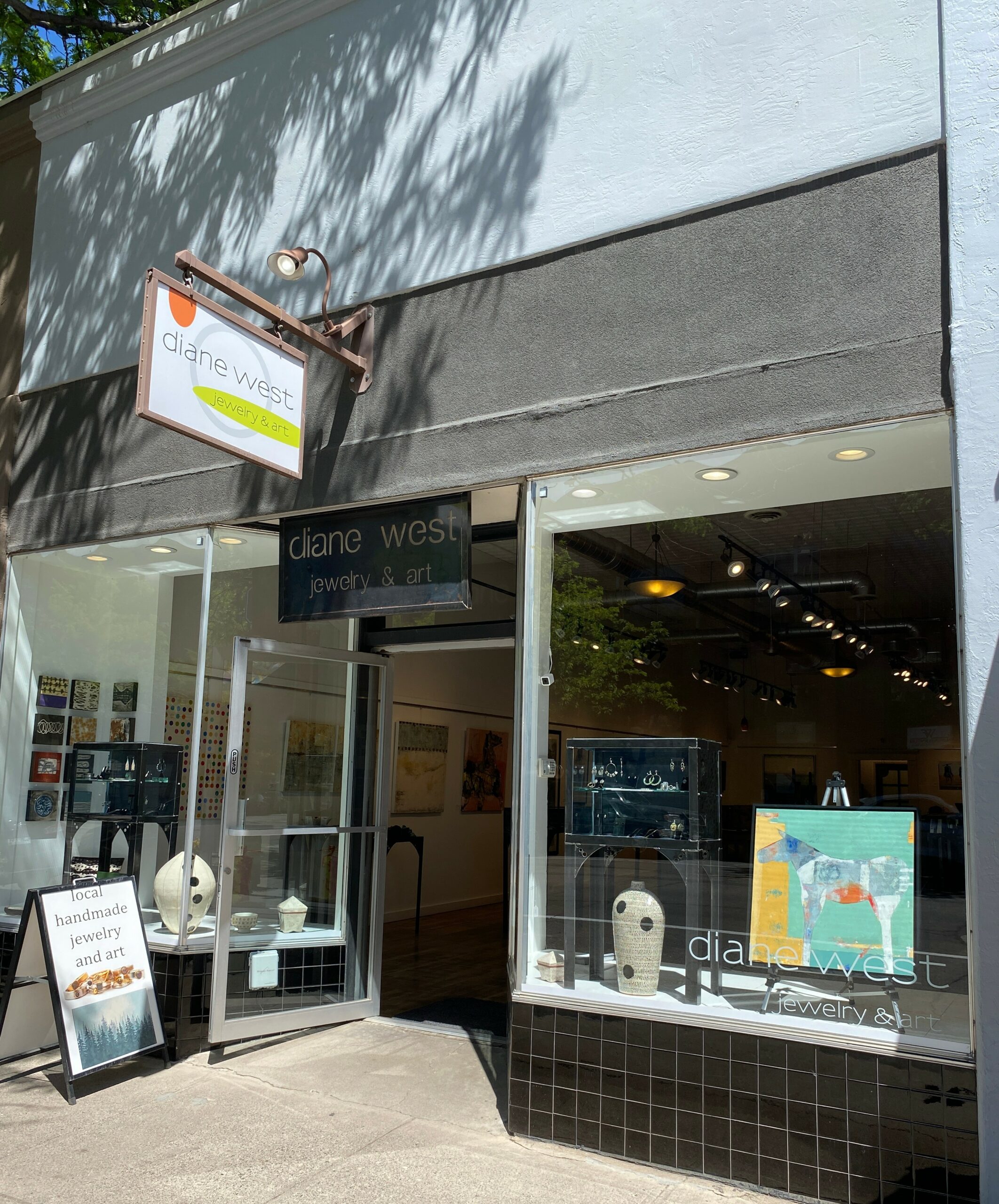
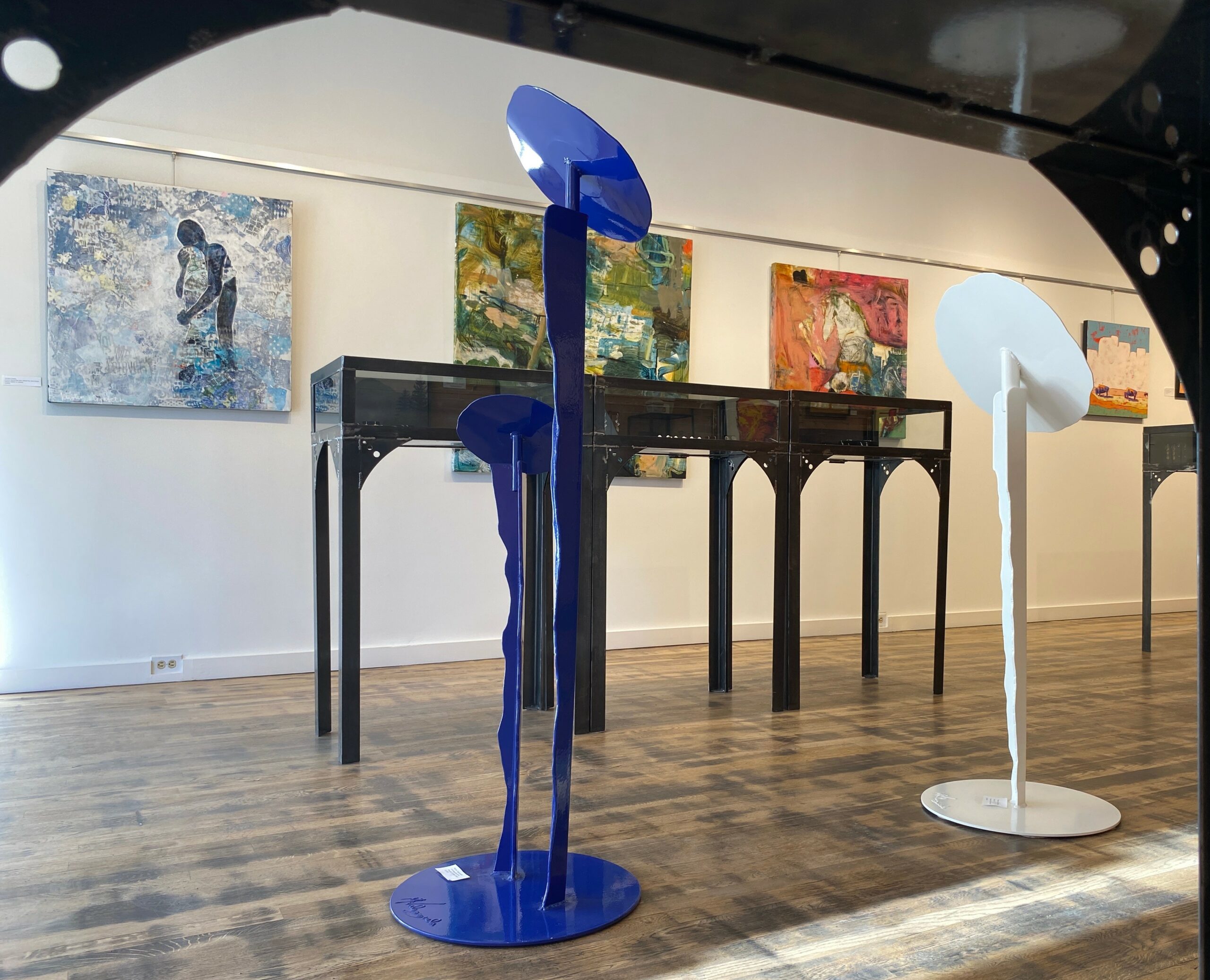
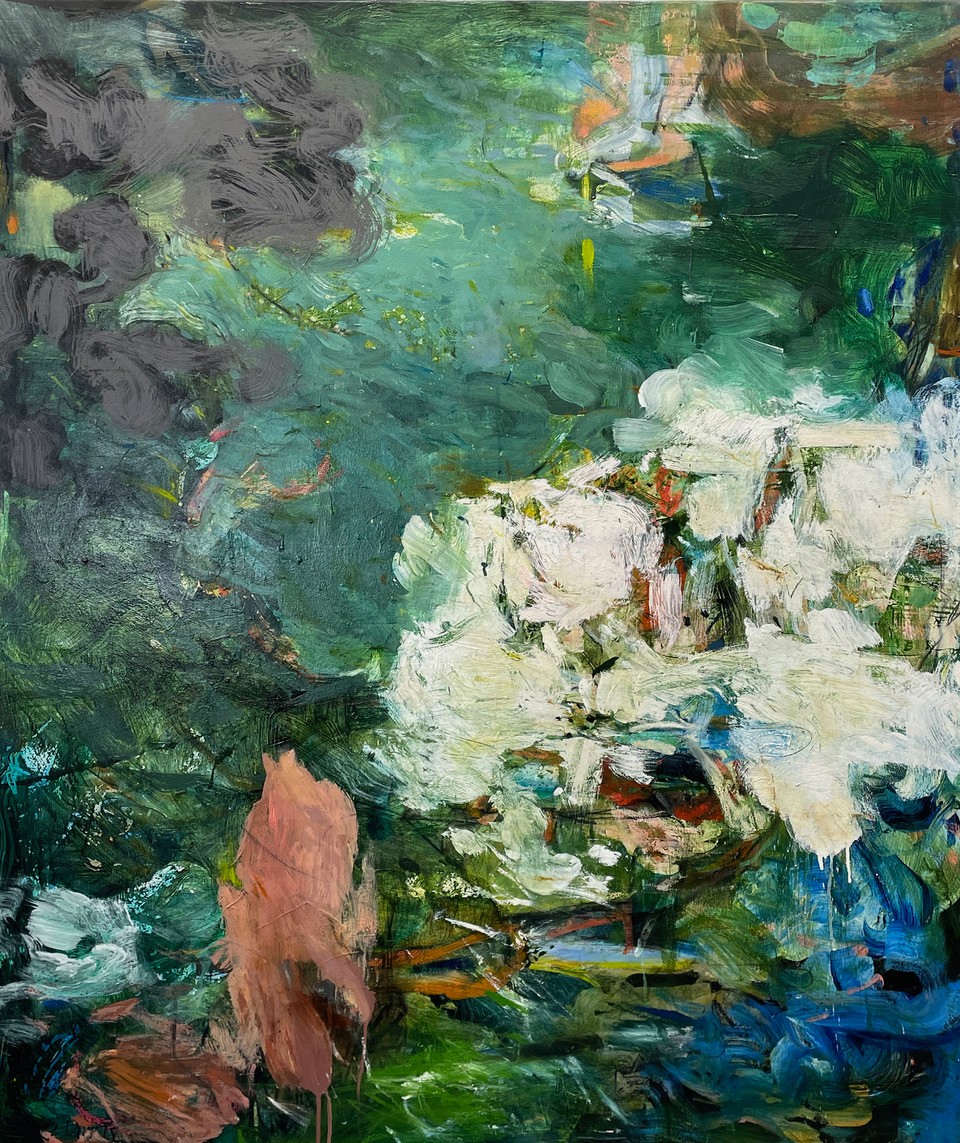
Image Credits
Diane West

